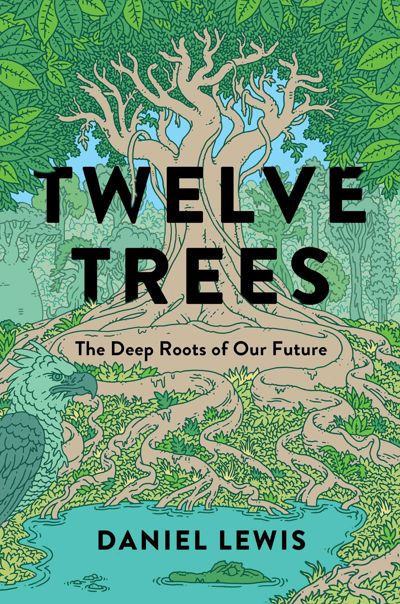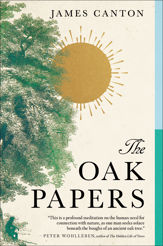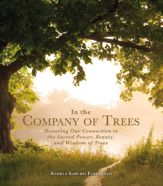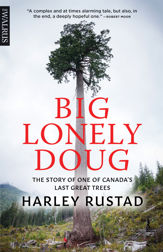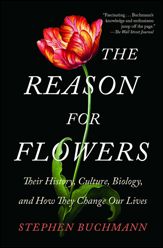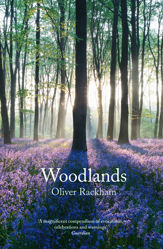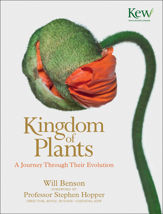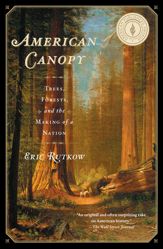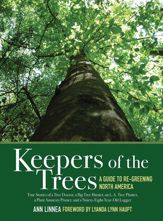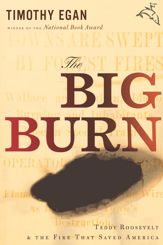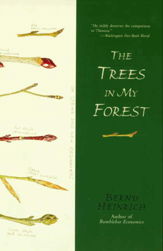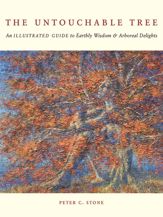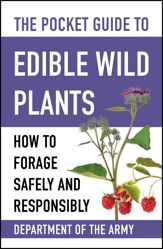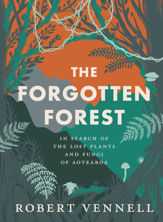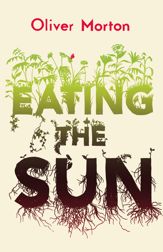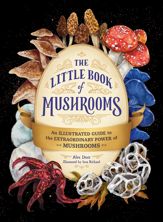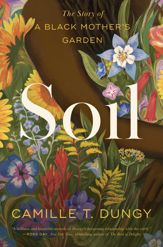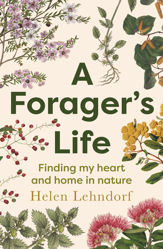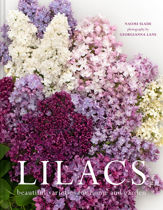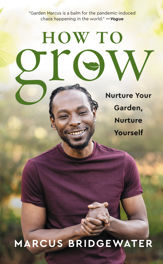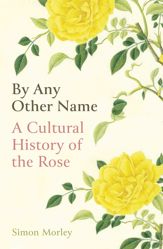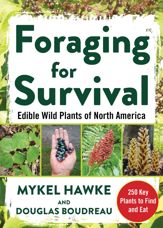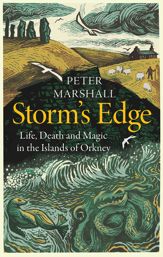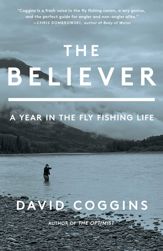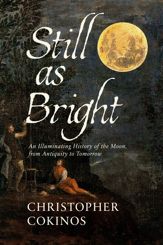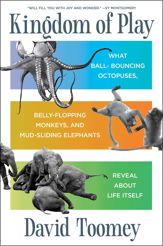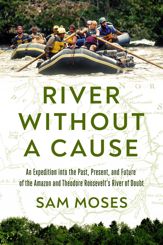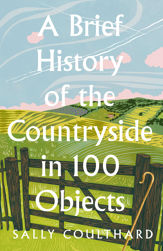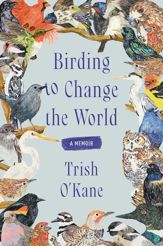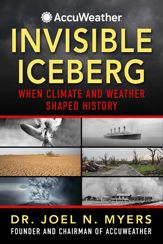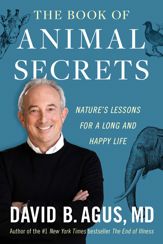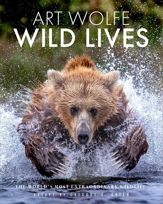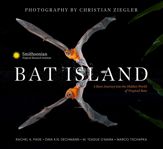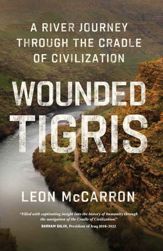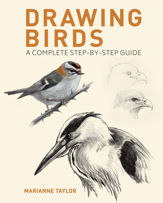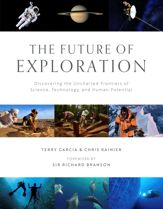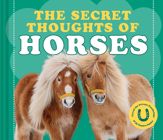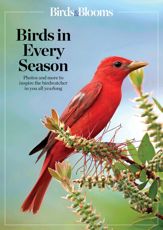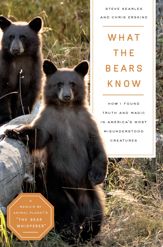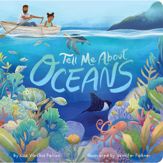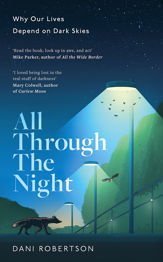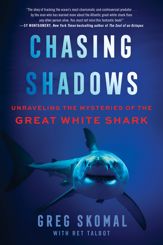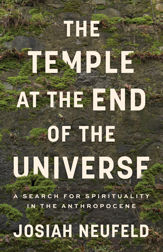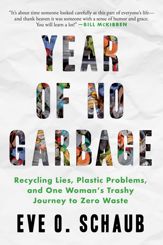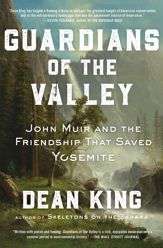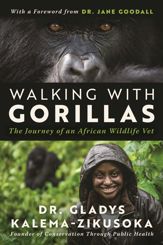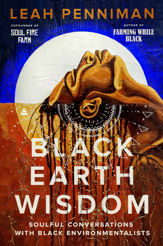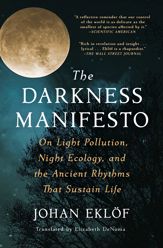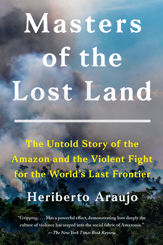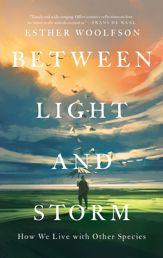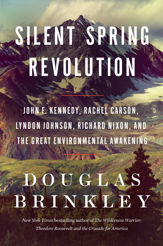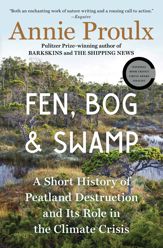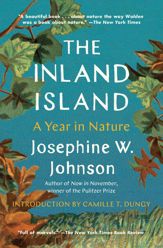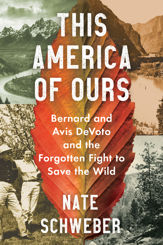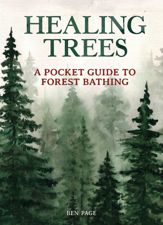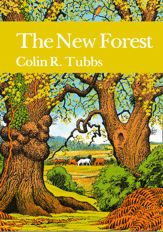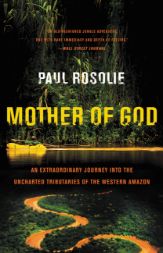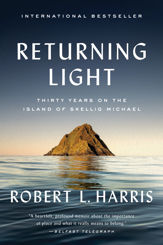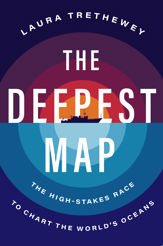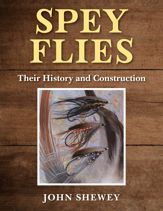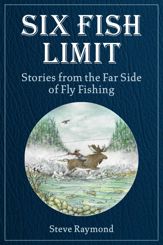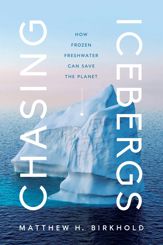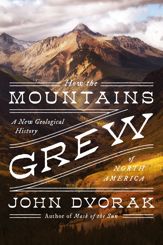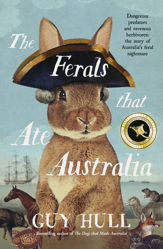“Daniel Lewis blends a profound sense of wonder with hard science and a global perspective in offering the histories of a dozen extraordinary species. . . . Lewis is a skilled writer, and it would be hard to overestimate his bonafides in the biological sciences. He locates their intersections with extinction, policy, politics, law, culture, history and literature in lively, often eye-opening prose.” —The Post & Courier
Description
A compelling global exploration of nature and survival as seen via a dozen species of trees that represent the challenges facing our planet, and the ways that scientists are working urgently to save our forests and our future.
The world today is undergoing the most rapid environmental transformation in human history—from climate change to deforestation. Scientists, ethnobotanists, indigenous peoples, and collectives of all kinds are closely studying trees and their biology to understand how and why trees function individually and collectively in the ways they do. In Twelve Trees, Daniel Lewis, curator and historian at one of the world’s most renowned research libraries, travels the world to learn about these trees in their habitats.
Lewis takes us on a sweeping journey to plant breeding labs, botanical gardens, research facilities, deep inside museum collections, to the tops of tall trees, underwater, and around the Earth, journeying into the deserts of the American west and the deep jungles of Peru, to offer a globe-spanning perspective on the crucial impact trees have on our entire planet. When a once-common tree goes extinct in the wild but survives in a botanical garden, what happens next? How can scientists reconstruct lost genomes and habitats? How does a tree store thousands of gallons of water, or offer up perfectly preserved insects from millions of years ago, or root itself in muddy swamps and remain standing? How does a 5,000-year-old tree manage to live, and what can we learn from it? And how can science account for the survival of one species at the expense of others? To study the science of trees is to study not just the present, but the story of the world, its past, and its future.
Note—species include: * The Lost Tree of Easter Island (Sophora toromiro) * The coast redwood (Sequoia sempervirens) * Hymenaea protera [a fossil tree] * The Longleaf pine (Pinus palustris) * East Indian sandalwood (Santanum album) * The Bristlecone pine (Pinus longaeva) * West African ebony (Diospyros crassiflora) * The Tasmanian blue gum eucalyptus (Eucalyptus globulus) * Olive tree (Olea europaea) * Baobab (Adansonia digitata) * the kapok tree (Ceiba pentandra) * The bald cypress (Taxodium distichum)
Reviews
“A book that brims with wonder, appreciation, and even some small hope.”—Booklist
“Daniel Lewis’s informative, engrossing, often poetic Twelve Trees is a wonderland of fascinating facts. . . . Twelve Trees is also an engagingly written experiential memoir of the author’s quest to learn more about the trees he views as crucial to human life. . . . Lewis leads readers on an awe-inspiring tour of a dozen trees. . . . Twelve Trees offers extensive insight into the ways in which humans and trees are interconnected.” —BookPage
“In Twelve Trees, Daniel Lewis travels the world to meet a dozen unique specimens with the aim to learn more about how trees live and communicate—and what their connected lives might tell us about how we live ours. Brimming with awe for the overstory, the book is also a reminder that life unlike our own is not only mysterious—it’s precious.” —LitHub
